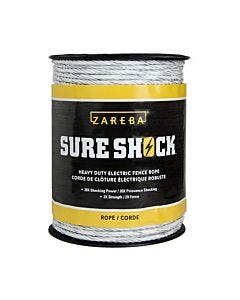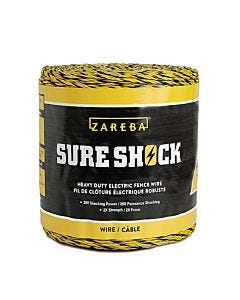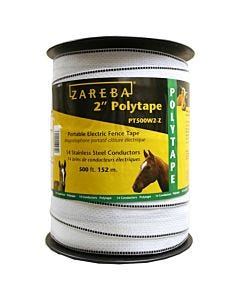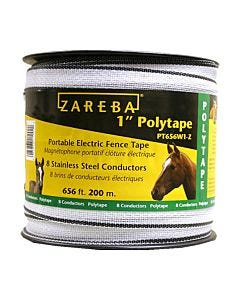Fencing Out Small Wildlife: Raccoons, Rabbits, Squirrels, Feral Hogs etc.
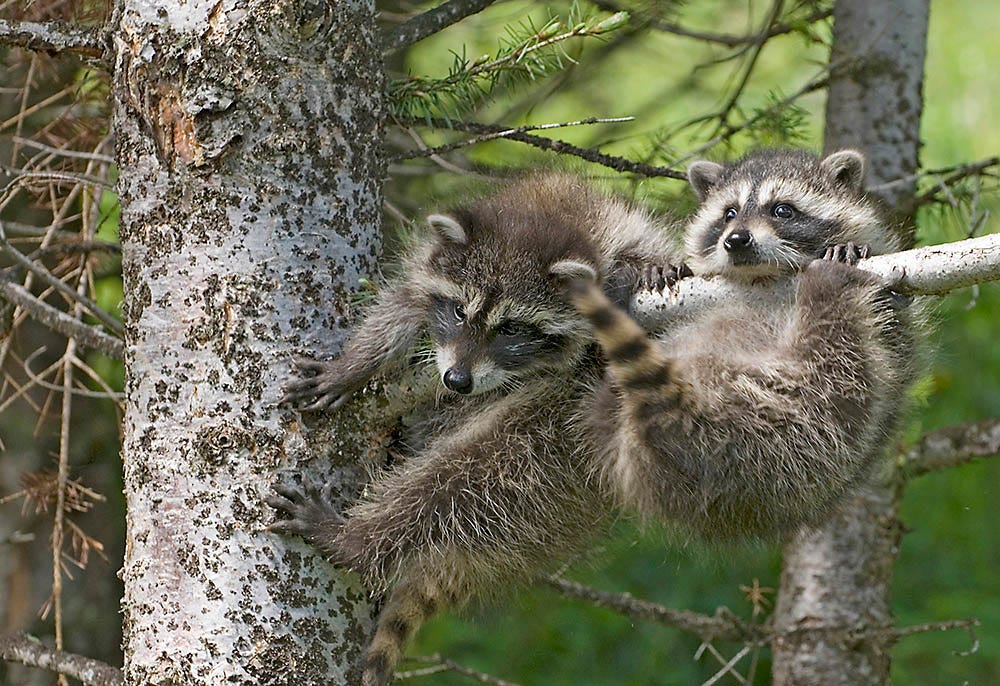
Keeping Out Small Critters
Rabbits, squirrels, raccoons, skunks, woodchucks and other similar nuisance animals often wreak havoc with gardens, flowers and shrubs. While each animal is unique, you can deal with most by observing the following recommendations.
Fence posts should be spaced 5-12 feet apart, depending on the shape and terrain of your yard or garden. Wires should start close to the ground and spaced 3-4 inches apart to prevent animals from digging under the fence line. Use 3 to 5 wires to prevent small, quick critters from jumping or hopping through the fence.
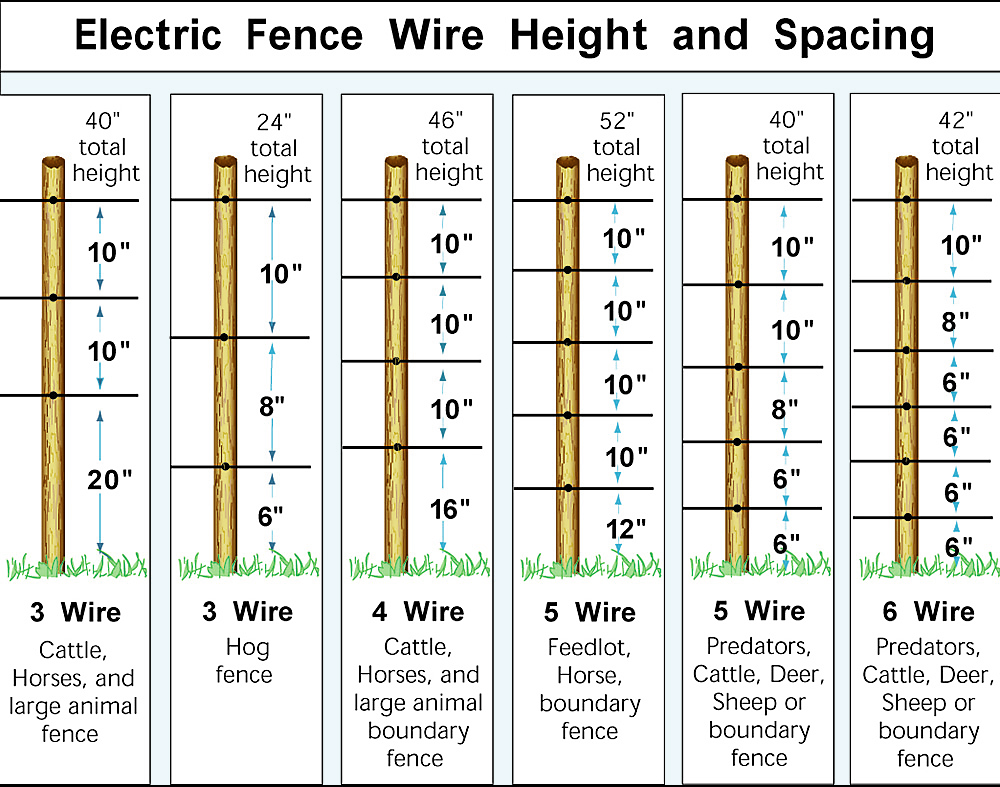
Because the wires are close to the ground, you should keep them free of vegetation or use a Zareba® low-impedance fence charger. A low-impedance charger increases its energy output as vegetation drains energy from the fence.
Zareba® Systems’ offer complete lawn and garden fence kits which are affordable and effective fencing options for keeping out small nuisance animals. They include all necessary components — fence charger, wire, plastic posts, and connectors — to get your fence up and running quickly.
If you choose to purchase the components separately for your fence, you’ll need the following items:
- metal, plastic or fiberglass posts
- insulators
- poly wire or poly tape,
- connectors
- fence charger
- grounding system.
Take advantage of Zareba's® fence kits and get started today »
Note: For the critters that like to climb or leap, trim low branches that overhang the fence and remove nearby objects that would allow them to leap into the enclosure.
Feral Hogs
Feral hogs, also known as wild hogs, are becoming an increasingly significant cause of damage to both crops and livestock operations across the country. They have even been known to learn to kill and eat lambs and kid goats, and occasionally also prey on adult sheep and goats. In addition, feral hogs pose a disease risk to livestock and humans through transmission of brucellosis and pseudorabies.
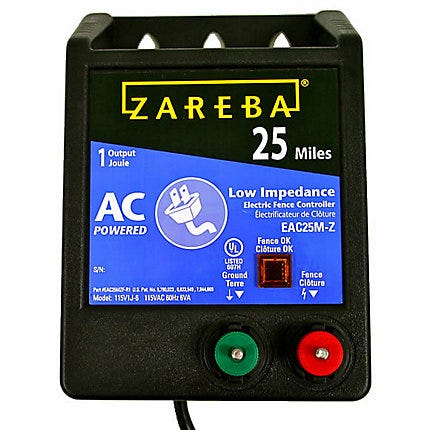 A number of fencing options are suggested for controlling feral hogs from entering crop fields and livestock pastures. "Pig-proof" non-electric fences must be constructed of net wire or diamond mesh with spacing between vertical wires 6 inches or less. If using rectangular net wire for goats, spacing should be 4 to 10 inches between vertical wires to safely contain goats and exclude wild hogs. Varieties of net wire and mesh fencing which can be electrified are also available.
A number of fencing options are suggested for controlling feral hogs from entering crop fields and livestock pastures. "Pig-proof" non-electric fences must be constructed of net wire or diamond mesh with spacing between vertical wires 6 inches or less. If using rectangular net wire for goats, spacing should be 4 to 10 inches between vertical wires to safely contain goats and exclude wild hogs. Varieties of net wire and mesh fencing which can be electrified are also available.
A minimum fence height of 3 feet is advised. To exclude wild feral hogs, you will need to tightly stretch fencing material. In some cases, burying the wire or mesh underground may be necessary to prevent hogs from burrowing under. In areas where the terrain is hilly, it can be difficult to effectively exclude hogs. This can increase cost greatly.
High-tensile fencing is by far the most effective means to exclude feral hogs. A 5 to 6 strand wire fence with wires spaced 8 to 10 inches is adequate. Zareba® low impedance chargers with a 25+ mile rating and voltage output of at least 5,000 volts are recommended.
Use peanut butter or molasses on a pie tin or aluminum foil to bait the fence and attract feral hogs to slow down. The bait will prompt hogs to touch the fence with their nose or tongue, receiving a safe but intense shock.
Note: In some circumstances, electric fencing will not be effective in deterring feral hogs. Ingenious animals will sometimes figure out ways to get through. In addition, the wild animal's drive to get to a food source can sometimes is stronger than their fear of a psychological barrier such as electric fencing.


